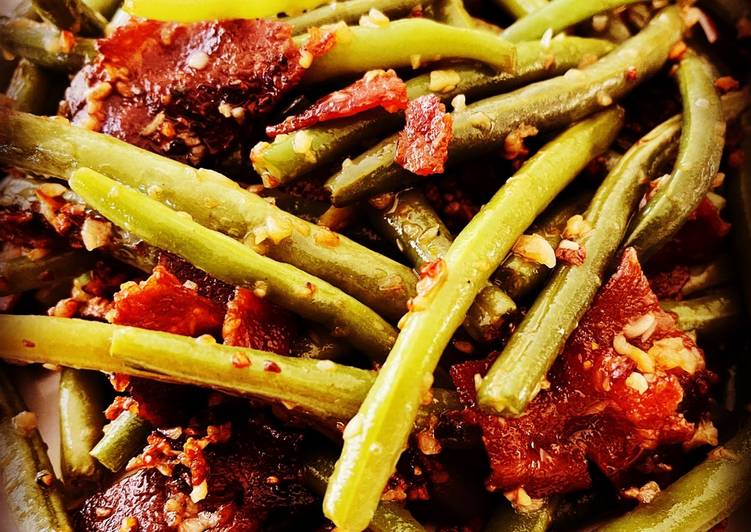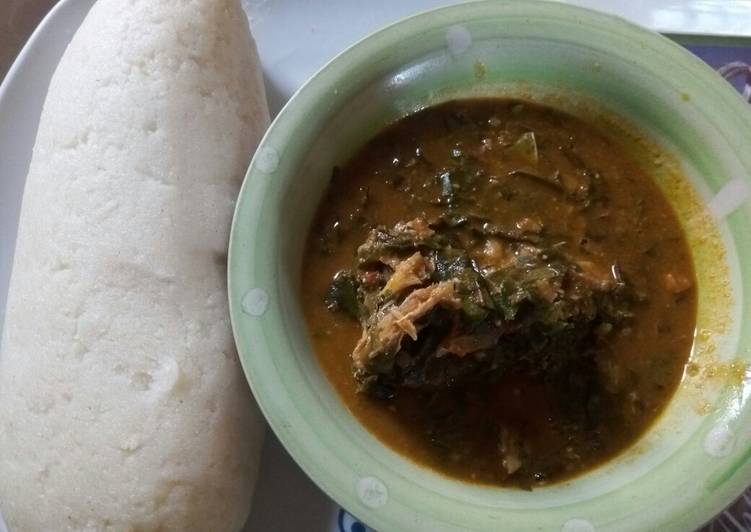
Hey everyone, it is Jim, welcome to our recipe site. Today, I’m gonna show you how to make a special dish, kimchi. One of my favorites. This time, I am going to make it a little bit unique. This is gonna smell and look delicious.
Kimchi is one of the most well liked of recent trending meals in the world. It is simple, it is quick, it tastes yummy. It’s enjoyed by millions every day. They’re nice and they look wonderful. Kimchi is something that I’ve loved my whole life.
Read Customer Reviews & Find Best Sellers. Mak kimchi, or simple kimchi, is made with cut cabbage, radish, and scallions and a seasoned paste of red pepper, garlic, ginger, sugar, and fish sauce, salted shrimp, or kelp powder. (Image credit: Apartment Therapy) Kimchi (/ ˈ k ɪ m tʃ iː /; Korean: 김치, romanized: gimchi, IPA: ), a staple in Korean cuisine, is a traditional side dish of salted and fermented vegetables, such as napa cabbage and Korean radish, made with a widely varying selection of seasonings including gochugaru (chili powder), spring onions, garlic, ginger, and jeotgal (salted seafood), etc. It is also used in a variety of soups. Kimchi, the national food of South Korea, is a spicy pickled vegetable dish.
To begin with this recipe, we have to prepare a few components. You can have kimchi using 23 ingredients and 16 steps. Here is how you can achieve that.
The ingredients needed to make Kimchi:
- Prepare 2 Chinese leaf cabbages (I bought two of them and had about 900g for two.)
- Get 90 g salt (10-12% of cabbage preferably sea salt)
- Take 450 ml (10-12% of cabbage x 5) water
- Prepare [Sauce]
- Prepare 1/2-1 apple (about 200-400g)
- Make ready 2-4 cloves garlic (about 40g)
- Take about 50 g Root ginger, skin peeled
- Prepare 1 bunch spring onion
- Get (option) 1/3 bunch of Chinese chives (nira), if you can get them. Cut into 3cm. If you do not have it, cut half of spring onion 3cm and the other half small
- Prepare 50 ml fish sauce (I could not get Korean 魚醤 in the UK.)
- Make ready 1-2 TBS fine chilli powder (if Korean chilli, 3 TBS)
- Make ready 1-2 TBS coarser chilli powder (if Korean chilli, 3 TBS)
- Get 2 tsp sugar
- Take kelp Kombu, optional
- Get niboshi, optional
- Prepare dried shrimp, optional
- Prepare Shiokouji, optional
- Take sesame seeds, optional
- Make ready honey, optional
- Make ready [Optional vegetables]
- Get Daikon radish
- Take cucumber
- Prepare carrots
Kimchi is a Korean side dish made from salted, seasoned, and fermented vegetables—most commonly Napa cabbage with radishes, green onions, and gochugaru, or red pepper flakes. It is commonly found in many Asian restaurants. Baechu-kimchi, or cabbage kimchi, is the most common type of kimchi. Mix the kimchi well and pack it into hard plastic or glass containers.
As Seen On Tv. Make Your Favorite Restaurant Dishes At Home!
Discover The Secret Recipes For Your Favorite Restaurant Dishes From A Team Of Chefs And Over 100,000 Users Who Have Tried And Love These Recipes.
>>CLICK HERE<<
Instructions to make Kimchi:
- Cut Chinese cabbages into serving sizes. Traditionally, cabbages are not cutting into serving sizes and put sauces between leaves. - However, this way is much easier to handle! So cut cabbages.
- Divid them into hard parts and tender leaves.
- Wash them under running water and drain them in a colander.
- In a big bowl or a big pan, sprinkle salt on to harder leaves and pour water. (The amount of salt is 10-12% of cabbage and water is 5 times of salt). Then put a plate and put something as a weight.
- Leave them for about 30 mins and add softer leaves. Then put plate and a weight on the top again. And leave it for another two and half hours or so.
- After about three hours in total, rinse them under running water and drain them. Taste it. If it is too salty, put them in freshwater and get rid of salt a little bit. Make the salt level as Japanese asatzuke: not too salty but salty. Leave them in a sieve for about 3 hours in order to drain excess water. Or if you are in hurry, squeeze by hands and get rid of the excess water without waiting for three hours.
- While waiting for the cabbage to dry, make the sauce. (optional "dashi" stock) If you have kelp and niboshi, boil water. Pour over kelp and niboshi and leave until it becomes room temperature. This “dashi” will gives depths to Kimuchi. You only need small amount (30ml, 2 Tablespoon) for this but you and use rest for other dishes.
- Peel the ginger. Please use tea spoon to peel it. It is the safest and easiest way to peel ginger. Usually, Brtish people do not know about it. Peel the garlic as well.
- Cut spring onion. Half of them as small pieces and the other half about 3cm. If you have Chinese chives (Nira), please use them and cut Nira as 3cm and all spring onion small! It will taste much better with Nira but I cannot find it here. I think that you could get it in Japanese or Chinese supermarkets in London. You could also use normal chive instead as well.
- Put peeled ginger, garlic and apple in a food processor. Make purée.
- Mix two types of chilli powders in a bowl and mix well. Use coarser and finer ones, if you do not have two types, just use one. Try to use a finer chilli and coarser chilli which gives better flavours. But if you cannot find two types of chilli powders, just used one. Mix both chillies well in a bowl. If you have Korean chilli powders, you probably need more than UK ones as they are milder and they are better for Kimchi.
- Add all sauce ingredients, including the purée and "dashi" stock into a big bowl except the chilli powders and mix them well. Please start to add less than half of the chilli powder mix. Then, add chilli powder mix little by little to suit your taste. If you add all at once it may become too hot for you and it would be impossible to be undone. Therefore, please start with a smaller quantity. You could add a small portion of your former Kimchi sauce or Kimchi to accelerate the fermentation.
- The beauty of homemade Kimchi is you can make as you like. You could add more garlic, ginger, apples, more spring onion, or add chives etc. You could add Kelp, niboshi or dried fish, honey, shiokouji 塩麹 etc to give complex taste when you ferment it. So, play with your sauce and try to find your perfect Kimchi! And you can definitely make much tastier Kimchi than bought ones!
- Then, add cabbage and mix them with hands with gloves. I use disposable plastic gloves. Then after mixing well, put them into a clean container. I use a Kilner fermentation bottle set which is great for Kimuchi.
- Leave it in a relatively cool place in the house for at least three days and it is ready to eat! It will change its taste according to the fermentation.
- I could not get Korean fish saice 魚醤 but I was able to buy this from Ocado.
Baechu-kimchi, or cabbage kimchi, is the most common type of kimchi. Mix the kimchi well and pack it into hard plastic or glass containers. Pour in enough of the brine to cover the vegetables. Cover the containers and leave out at room temperature (but not more than. Kimchi is a classic Korean dish consisting of fermented cabbage and radish.
Foods That Make Your Mood Better
Many of us believe that comfort foods are bad for us and that we should stay away from them. Often, if your comfort food is made of candy or other junk foods, this is true. At times, comfort foods can be perfectly nourishing and good for us to consume. A number of foods actually do raise your mood when you eat them. If you are feeling a little bit down and in need of an emotional pick me up, try several of these.
Eggs, you may be astonished to discover, are great at combating depression. Just see to it that you don’t toss out the egg yolk. The yolk is the most crucial part of the egg iwhen it comes to helping elevate your mood. Eggs, the egg yolks in particular, are loaded with B vitamins. B vitamins can really help you improve your mood. This is because they help in bettering the function of your neural transmitters, the parts of your brain that dictate your mood. Eat a few eggs to feel better!
Make a trail mixfrom various seeds and nuts. Your mood can be improved by eating peanuts, almonds, cashews, sunflower seeds, pumpkin seeds, and other types of nuts. This is possible since these foods are high in magnesium which promotes serotonin production. Serotonin is known as the “feel good” chemical and it tells your brain how you should be feeling at all times. The more you have of it, the happier you will feel. Not only that, nuts, in particular, are a fantastic protein source.
Cold water fish are excellent if you would like to be in a better mood. Salmon, herring, tuna, mackerel, trout, etcetera, they’re all loaded with omega-3s and DHA. These are two things that really help the grey matter in your brain function a lot better. It’s the truth: consuming tuna fish sandwiches can really help you battle your depression.
Grains can be great for fighting a bad mood. Quinoa, barley, millet, etc are excellent at helping you be happier. They help you feel full as well which can truly help to better your mood. Feeling hungry can actually bring you down! The reason these grains can improve your mood is that they are not difficult for your body to digest. You digest these grains more quickly than other things which can help boost your blood sugar levels, which, in turn, helps make you feel more pleasant, mood wise.
Green tea is truly great for your mood. You just knew green tea had to be mentioned, right? Green tea has been found to be rich in an amino acid referred to as L-theanine. Research has found that this amino acid promotes the production of brain waves. This helps improve your mental acuity while calming the rest of your body. You knew green tea could help you be healthier. Now you know that green tea can improve your mood too!
Now you realize that junk food isn’t necessarily what you should eat when you want to help your moods get better. Try a few of these instead!



